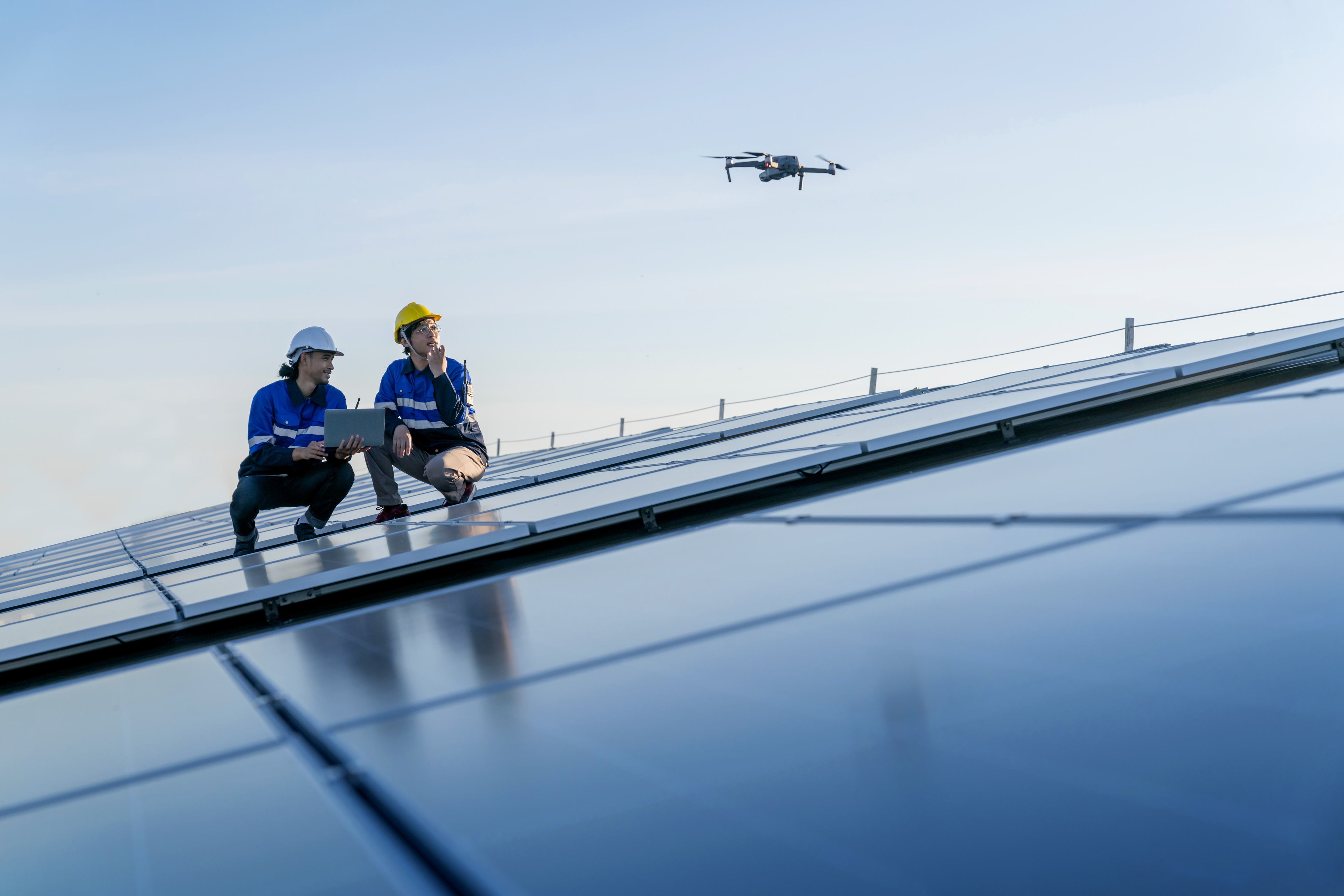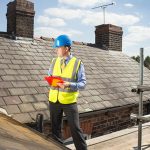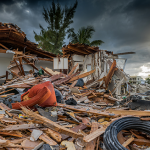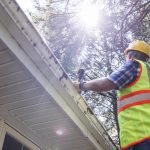Roof damage can be a homeowner’s worst nightmare. It can occur for a variety of reasons; from severe weather, poor roofing installation, or just wear and tear. While roofs do experience progressive damage over time as they age, it’s the immediate roof damage that’s most detrimental to the integrity of your roof and home. Roof damage is summarized as an occurrence where the structure of the roof is breached to allow for the passage of air and water into the interior structure. This article touches on common types of roof damage that homeowners face, how to identify them, and how bringing in an engineer for a roof inspection adds a layer of professional expertise that can lead to more accurate assessments and recommendations for maintenance, repairs, or replacements along with resolution of the claim.
Extreme weather conditions can cause severe damage to your roof. Strong winds can lift and remove shingles, exposing the underlayment and roof deck. Additionally, hail can dent or crack shingles, causing them to lose their protective layer and leak. Cold weather causes shrinkage, making materials weak and brittle. Prolonged exposure to UV rays can cause shingles to become brittle, lose granules, and deteriorate over time. If you have any weathering damage to your roof, make sure you take the appropriate steps to repair it.
If roof damage is identified, it is important to identify the cause of the damage to determine the best course of action. Other non-meteorological factors include inadequate ventilation in the attic causing moisture buildup, which can lead to a range of problems, including mold, rot, and damage to the roofing materials. Additionally, improperly installed roofing materials or incorrect application techniques can lead to a range of problems, from leaks to premature aging. It is also important to be mindful of roof penetrations like vents, chimneys, and skylights, as they can be points of vulnerability if not properly sealed or maintained. The aging process of roofs is inevitable, but taking certain precautions can help prolong their lifespan.
If you notice any signs of damage to your roof, it’s advisable to hire a qualified engineer to assess the extent of the damage and recommend the best course of action. Engineers can evaluate the overall structural integrity of a roof. This includes assessing load-bearing capacities, truss systems, and the ability to withstand environmental stresses like wind, snow, and seismic activity. They can also identify the type and condition of roofing materials and determine if materials have deteriorated, if they were installed correctly, and if they are suitable for the climate and location. Engineers are trained to spot even subtle signs of damage or wear that may not be immediately apparent to a non-specialist. This includes issues like stress cracks, water damage, or weakened supports.
Engineers are well-versed in local building codes and regulations. They can verify if a roof meets the required standards for safety, load-bearing capacity, and environmental conditions. In cases of insurance claims or legal disputes, an engineer's professional assessment can carry significant weight. Their report can be used to substantiate claims or support legal arguments.
In order to assess the condition of a roof, a variety of inspection techniques can be employed. Safety is paramount whenever one intends to put themselves on a roof for inspection purposes. Drones with photography/scanning capabilities can be flown over a roof to capture important information without ever setting foot on a roof. When a CED engineer does need to climb onto a roof, CED uses a variety of safety devices to make sure we are not exposed to any unmitigated hazards. These devices can include roofing shoes or boots with specialized soles designed to provide better traction on slippery or steep surfaces, Personal Protective Equipment (PPE) including hard hats, gloves, safety glasses, and appropriate clothing to protect against potential hazards. Other specialized safety equipment include the Goat Steep Assist Roofing Tool designed to enhance safety and stability for workers performing tasks on steep-slope roofs and the Hipp Lock roof fall protection device.
Hiring an engineer provides assurance that a comprehensive and accurate evaluation of the roof's condition has been conducted providing important information to property owners, buyers, insurers, and other stakeholders. Contact CED at 203-929-1339 to provide you with our expertise on your next roof damage case or claim.






